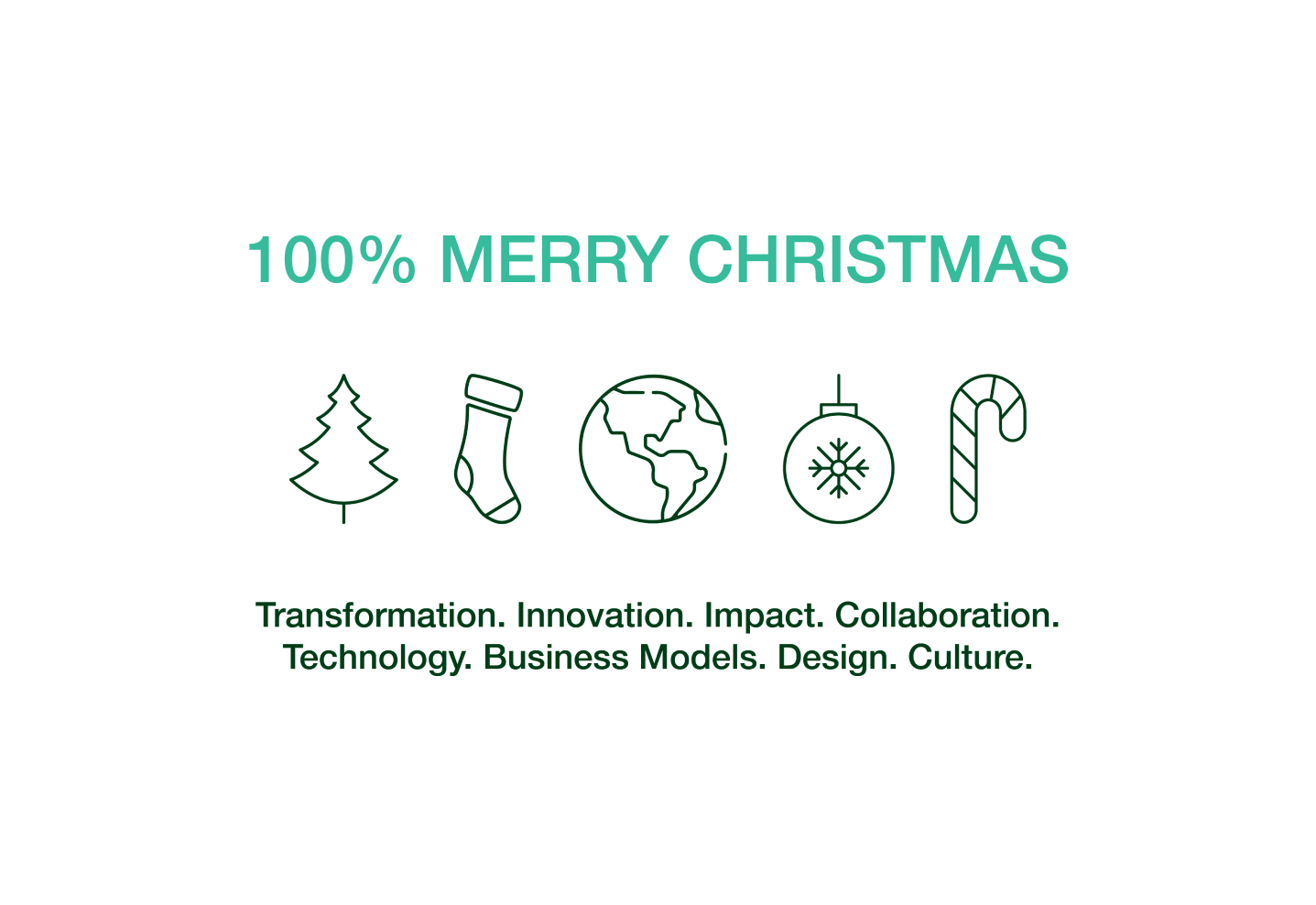Companies are one of the key players in the sustainable ecosystem. Water management is one of the drivers to consider. The enormous technological advance is consolidated as one of the pillars to be implemented.
Sustainability in the business strategy is consolidated. What used to be a future asset is now in the company’s DNA. Climate change, technological advancement and the current economic environment lead to this reality. Sustainability is already a commodity, in a large or small scale, with big or small gestures.
At the end of the day, it is about the inclusion of people and their well-being at the centre of decision-making. This is possible in the actual global world, interconnected and with enormous transversality. Business planning can take advantage of all the capacities available in this global network to undertake sustainability.
The framework that encompasses this process is the United Nations (UN) Sustainable Development Goals (SDG). In 2015, the 193 UN member states approved a document to secure the future of the people on our planet. The Agenda 2030 is focused on 17 SDG to eradicate extreme poverty, fight inequality and injustice, and protect the planet.
Sustainable Development Goals from the UN are the framework for business
SDG include the End of Poverty, Zero Hunger, Good Health and Well-Being, Quality Education, Gender Equality, Clean Water and Sanitation, Affordable and Clean Energy, Industry-Innovation-Infrastructure, or Responsible Production and Consumption. Each SDG has a series of contextual frameworks and actions to be carried out.
In this sense, the UN suggests business two ways of working: act responsibly and find opportunities in the development of SDG. Acting responsibly means influencing respect for human rights, work, the environment and the fight against corruption.
As for the opportunities, each of the SDG include several actions that any company can add. For example, in SDG on Clean Water and Sanitation, there is the opportunity to find partners in the water Action Hub, or follow a series of recommendations to properly manage water from the company itself.
It is clear that without the contribution of the companies themselves, sustainability cannot be reached. A first step is to identify, according to SDG, aspects in which a performance can be modified to meet them. The next step is already in, as stated above, planning strategic actions in a collaborative way.
In this context, the strategic challenges of Girbau LAB and the whole process are aligned with the sustainability model towards which the final solutions must be reached.




share